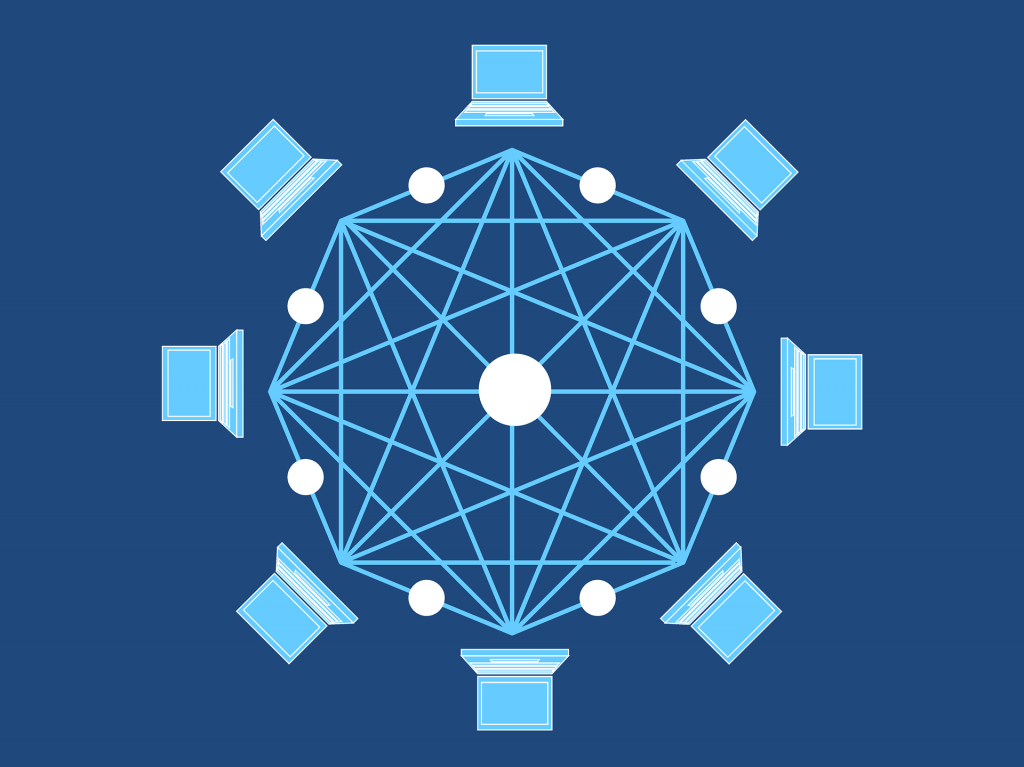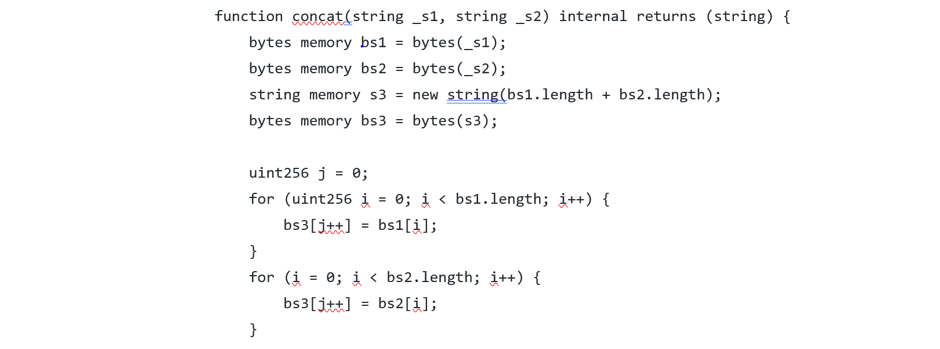
Everyone is talking about it, everyone wants to be part of it, and very few really understand it. What is the blockchain revolution that is getting everyone so starry-eyed?
Ten years ago (minus a week), Satoshi Nakamoto published a paper that outlined blockchain technology without once calling it blockchain. Over the next couple of years, it grew to become a real challenge to traditional finance. By now, it’s no longer the guerrilla – it’s an army than runs parallel to traditional finance, with soldiers and technology sometimes switching sides and learning from each other.
Blockchain technology
What is blockchain? In its original form, a blockchain is a decentralized, transparent, private ledger that stores data in the form of encrypted blocks, each connected to the one before in a chain that ensures the integrity of all blocks.
- There is no central authority, or trusted third party, anywhere on the blockchain. Identical live copies are stored by all the nodes (with some variations in some later blockchains, but the principle stays the same). No one can cheat, since introducing a fake transaction would have to be approved by 51% of the blockchain. On smaller blockchains, that is theoretically possible; on the larger ones, coordinating such an attack on a decentralized network is virtually impossible.
- Blocks are readable back to the very first one, in the sense that everyone on the network can check that transactions have occurred, where along the blockchain and between which network participants. In other words, the blockchain revolution makes fully auditable databases free for anyone.
- How can blockchain be both transparent and private? Transactions are transparent, but identities are encrypted; network nodes, i.e. users or computer terminals on the blockchain, are mere sets of digits and letters, and transaction participants are thus pseudonymous. With a bit of digging, authorities can trace identities back to IPs, for instance, but regular users are limited to interacting with an encrypted interface.
As a principle of functioning, blockchains follow this structure:

On the other hand, if you get to the actual blocks, don’t expect anything outlandish: it will just look like code.

However, whatever level you look at and whatever language it is written in and whatever particular function it encodes, the original blockchain technology follows the same principles laid out by Satoshi Nakamoto in his seminal white paper. These imply that blockchain is a technology with a purpose, that the purpose is to mint “digital cash” (i.e. cryptocurrency), and that, in order to be allowed to mine the coins, each node must do work.
The blockchain revolution starts, in fact, with this concept of “work”. This is also, incidentally, what sets blockchain apart from other decentralized ledgers. The work consists of checking and encrypting transactions, as well as solving a mathematical puzzle by using the node’s computational power. These steps are all essential to producing a correct block, take a similar amount of time (on average) and are rewarded with a standard amount of coins.
Blockchain applications
What is blockchain good for in the real world? And why is everyone saying “blockchain revolution”, when this is more of a technical improvement on how we can store transactions?
There are, in fact, only two types of blockchain applications that justify the phrase “blockchain revolution”:
- Blockchain creates alternative money. Whether individuals or companies are interested in minting cryptocurrency is another thing. The capacity exists and is being exploited. Blockchains do create alternative currencies that can be used to buy goods and services, as well as to do trade. Companies can choose to bypass this function; but the cryptocurrency is out there, already changing the world.
- Blockchain offers a cheaper, faster, more secure ledger technology. This is why we now have private blockchains, or blockchains for business, or whatever companies choose to call them. They have become a technology that enables companies to reconcile and store enormous quantities of information without a single point of failure, transparently and unfalsifiably.
Out of the first application we have over 2,000 coins. Out of the second one, we have thousands of companies, large and small, using this technology to improve record-keeping of one kind of another.
The blockchain controversy
But wait, some will say. If blockchain is private, how is it still blockchain and not merely a distributed ledger? Well, it’s hard to answer that one without getting someone upset.
Blockchain has become such a buzzword that companies have started to use it indiscriminately just to add some spice to their marketing efforts. It works, too, because the market has come to understand blockchain is a fast, cheap, secure and technologically-advanced solution. Wherever blockchain goes, consequently, hope goes up – better efficiency and trackability are great gains for any industry. Reconciling points of entry around the globe, in real time, in an easily auditable and unalterable way is what the blockchain revolution is delivering to various industries, from retail supply chains and insurance to marketing, healthcare and much more.
It’s no wonder, then, that everyone left and right is so eager to tout the blockchain revolution happening in almost every industry.
On the other hand, it’s just as true that blockchain is, from the outset, a subset of distributed ledger technology. What makes it special is exactly what Satoshi Nakamoto’s Bitcoin paper outlines: a certain type of structure that is open, private (in the sense of obscuring identity, as Nakamoto shows below) and engineered so that it yields “digital cash”.

If identities are no longer private and it doesn’t yield anything other than records, it’s definitely not what Nakamoto had in mind. The blockchain revolution initially merely encompassed the blockchain’s capacity of producing alternative money, but that is not what today’s blockchain-for-business proponents mean. Is that a bad thing, though? The jury is still out.
